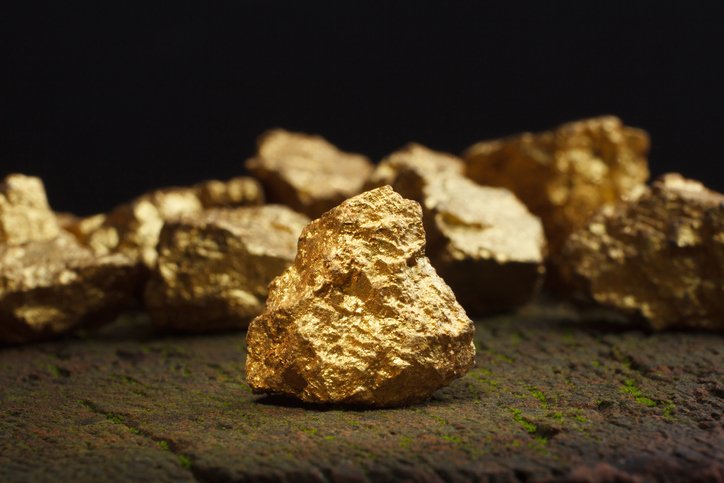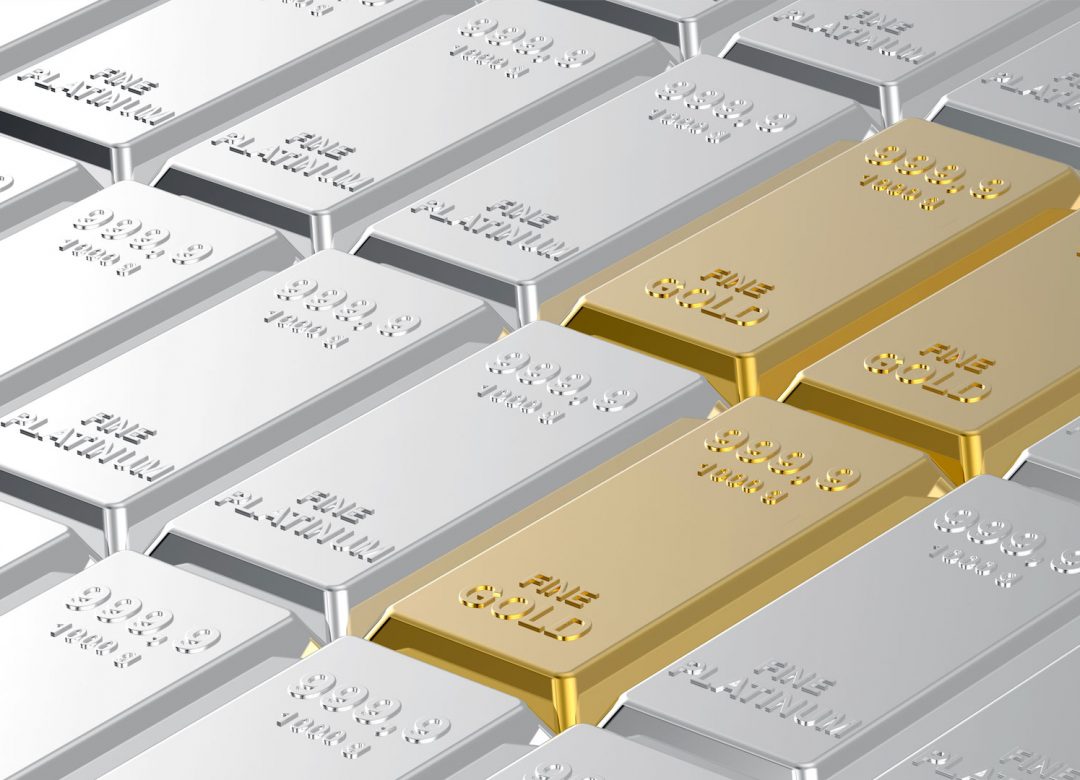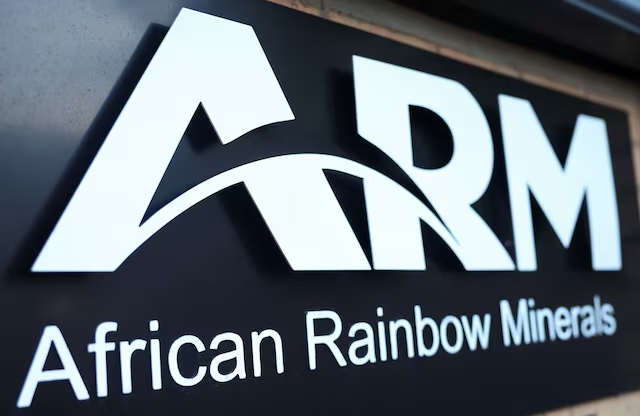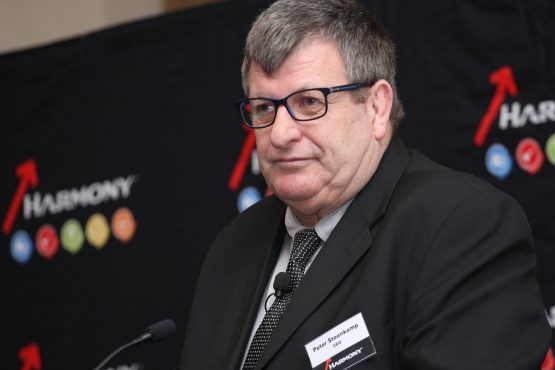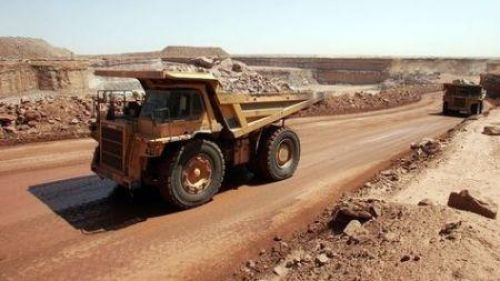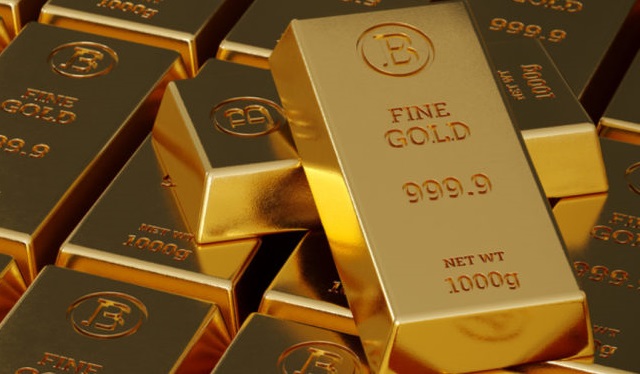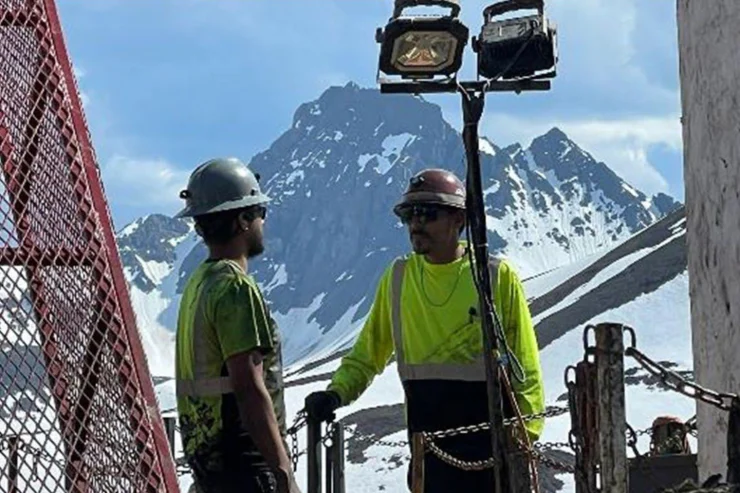Mining

Tanzania: Samia pushes mining boom as demand for rare metals soars
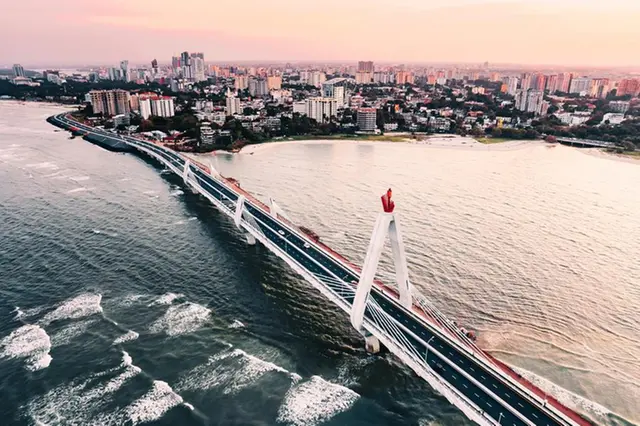
Tanzania is fast-tracking key mining projects under the Samia administration ahead of the country’s general election in October, signing a series of new, multimillion-dollar deals with international investors over the past fortnight.
Two of the projects were the subject of long-running disputes with Western investors, which the government only resolved by paying hefty settlements to end international arbitration proceedings, and a new Chinese investor was confirmed this week for at least one of them.
Another lucrative project for raw uranium processing has also been kickstarted under a Russian investor, launched personally by President Samia Suluhu Hassan on July 30 as she looks to extend her term in office for another five years in the October 29 vote.
The State Mining Corporation (Stamico) on August 10 entered into a tentative agreement with China’s Ningbo Shuangbeng Group to revive the stalled Ntaka Hill nickel project in southern Tanzania, which was previously under Australian company Indiana Resources.
This follows the Samia administration’s fulfilment of a $90 million out-of-court settlement with Indiana Resources, which in July 2023 was awarded $109 million by the International Centre for Settlement of Investment Disputes (ICSID) as damages for the controversial 2018 cancellation of its retention license on the project by former president John Magufuli.
Under the new partnership with Ningbo, which was the result of a visit to China last week by officials of Stamico led by managing director, Dr Venance Mwasse, the Chinese firm’s local subsidiary, Coast Nickel Limited, will complete the construction of nickel and copper processing units at the project site in Nachingwea, Ruvuma region and start operations before the end of this year.
Dr Mwasse said the partnership was expected to “deliver long-term benefits to Tanzania’s economy as a whole and small-scale miners who are involved in extracting strategic minerals within the country but who need a guaranteed market for what they get out of the ground.”Stamico has also been formally given the development license for the Wigu Hill rare earth mining project in Morogoro region and ordered to get to work “immediately” after the government paid Montero, a Canadian firm, $27 million to settle a similar licence expropriation dispute at the ICSID.
Montero had sought $70 million in damages, but agreed on a lesser sum to “obviate the need for a costly and time-consuming arbitration hearing.” The settlement was completed in February 2025.
Officiating at the licence hand-over at the Wigu Hill project site on July 24, Minerals Minister Anthony Mavunde directed Stamico to “start developing the project immediately so that mineral production remains on schedule.”Dr Mwasse said the state entity was “committed to managing this project with the highest level of professionalism.”A wide variety of rare earth minerals are understood to be available within the Wigu Hill deposit, including lanthanum, cerium, neodymium, and praseodymium which are used in various industrial and technological applications.
The freshly launched $1.2 billion Mkuju River uranium project (MRP) in southern Tanzania’s Namtumbo district is majority owned by a subsidiary of Russia’s State Atomic Energy Corporation (Rosatom).
The Tanzanian government holds a 20 percent stake in MRP, which will begin with pilot processing of uranium ore at a plant run by Rosatom affiliate, Mantra Tanzania Ltd. Under their agreement, Tanzania will also benefit from taxes, royalties, and dividends on top of an estimated $1 billion per annum revenue share.
Like Ntaka Hill, the MRP project site is in Ruvuma region but located within the former Selous Game Reserve (now Nyerere National Park). It has an estimated 60,000 tonnes of uranium ore reserves.
The spike in Tanzania’s mining sector activity comes at a telling time as it reflects the Samia administration’s full confidence that it will still be in power beyond the general election to oversee the fruit of the seeds it is presently sowing.
In late July the government published a new report with support from UK Aid’s Manufacturing Africa unit, outlining strategies for adding value to the country’s raw minerals before export, aiming for an annual income of close to $12 billion.
The report, titled From Minerals to Manufacturing: Minerals Value Addition in Tanzania Perspective, identifies areas for local value addition and benefits across several minerals which it says could bring in between $7.2 billion and $11.7 billion annually and boost national GDP growth up to 15 percent within seven years.
Using a “push-pull” methodology combining production and reserve data with regional demand, it shortlists 11 minerals with highest value-addition potential: six critical (graphite, REEs, nickel, iron, copper, cobalt) and five strategic (gold, limestone, phosphate, potash, and synergistic minerals).
The report also outlines six key cross-cutting areas requiring action to unlock mineral value addition opportunities, from mineral availability, policy stability and capital access to workforce skills development, technology partnerships with global firms, and infrastructure investment.
Minerals make up more than half of Tanzania’s non-traditional exports and the sector employs over 6 million people. Gold dominates the industry, representing 80 percent of total mineral production value ($3.6 billion in 2022).
The sector’s contribution to GDP hit 10.1 percent in 2024, up from 9.1 percent the previous year and beating the government’s 10 percent target which had initially been set for achievement by 2025. © Copyright 2022 Nation Media Group.



